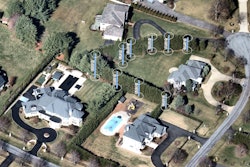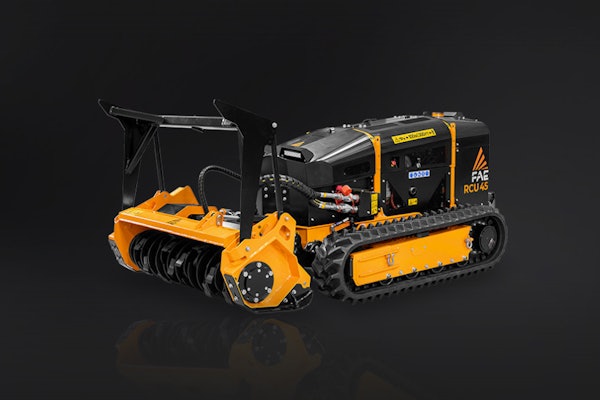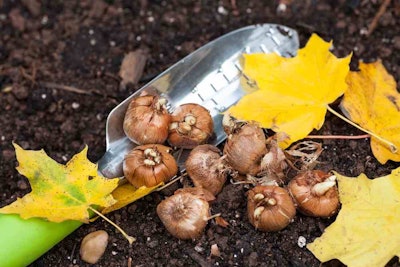
Some bulbs require a long period of cool temperatures to spark their flowering process and planting them in either fall or early winter will give them enough time to develop stronger roots.
Planting
For areas where the ground is prone to freezing, bulbs will need to be planted at least six weeks before the freeze takes place. If your area doesn’t experience ground-freezing weather, pre-chill the bulbs six to 10 weeks before planting them.
Regardless of when the bulbs are planted in the fall season, customers should be reminded that bulbs will still try to bloom in the spring. Even if they have a bag of bulbs they’ve been hanging on to and want to try them out later in the season, try planting them. There’s a decent chance that they will still bloom and have good results, even if they are planted later.
When choosing a spot for bulbs, remember that surrounding evergreen and deciduous trees will shed their leaves come winter, which means the area you choose could be exposed to much more sunlight than when the planting began.
What to plant
There are a number of eligible fall bulbs at your disposal, so talk to your customers about possible color, size and texture preferences they would like to see in their yard. Also, keep in mind which bulb varieties will work well for customers with outdoor pets and small children, as some are poisonous when ingested.
Take a look at a few common bulbs that fit well in most landscapes.
Daffodil (Narcissus spp.)
 Photo: Pixabay
Photo: PixabayDaffodils typically bloom in spring and can come in bright oranges, whites and yellows with a trumpet-shaped central corona and six petals. Bulbs should be planted in the fall. Larger bulbs should be planted about 6 or 8 inches deep, medium bulbs 3 to 6 inches and small bulbs 2 to 3 inches.
- Full to partial sun
- USDA Hardiness Zones: 3-8
________________________________________________________
Dutch irises (Iris hollandica)
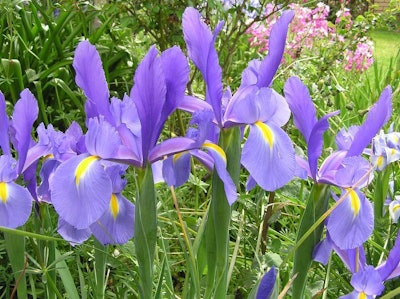 Photo: Pixabay
Photo: PixabayWhen planted in the fall, Dutch irises are easy to grow. The bulbs should be in the ground before the first hard freeze of the area, and they should be planted about 4-6 inches deep and 3 inches apart. The leaves should be left on the plant until they die back naturally, and the bulbs should flower again the following year.
- Full sun to partial shade
- USDA Hardiness Zones: 5-9
________________________________________________________
Grape hyacinths (Muscari armeniacum)
 Photo: Pixabay
Photo: PixabayTo give your customers a little pop of purple coloring, add in a few grape hyacinths throughout the landscape. Along with the bright purple color, these bulbs can also bloom into white and blue plants. Be sure they are planted in easily drainable soil, and they should be planted 2-3 inches deep and spaced out every 3-4 inches.
- Full sun
- USDA Hardiness Zones: 4-8
________________________________________________________
Spring starflower (Ipheion uniflorum)
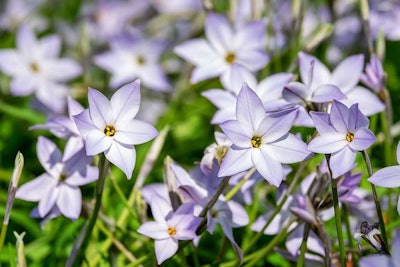 Photo: Pixabay
Photo: PixabayThese plants grow well in well-drained soils but have a wide range of soil tolerances. The bulbs should be planted 2-3 inches deep and 2-4 inches apart in the fall. Because they naturalize rapidly by bulb offsets and self-seeding, they are typically considered one of the easiest bulb types to grow.
- Full sun to partial shade
- USDA Hardiness Zones: 5-9
________________________________________________________
Autumn crocus (Colchicum autumnale)
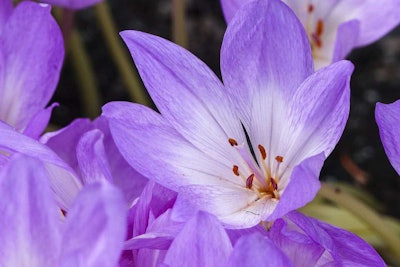 Photo: Pixabay
Photo: PixabayThis flower will take a year after planting to show signs of life. First, flowers will appear and bloom for about two to three weeks before dying back. The next spring, it will sprout long leaves that will disappear as summer heats up. It will remain dormant throughout the summer, and in early fall the flowers will pop up once again. Take note that they are toxic, so keep them away from customers with outdoor pets or small children.
- Full sun to partial shade
- USDA Hardiness Zones: 5-9



